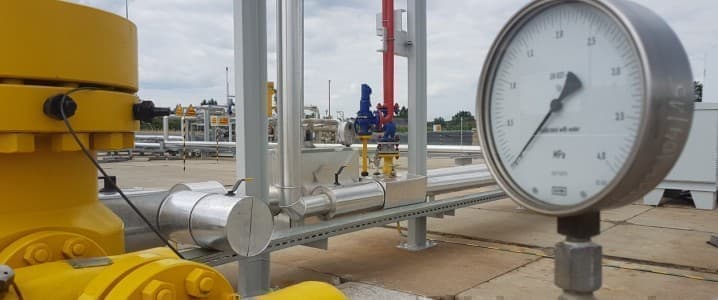As the U.S. oil and gas industry slowly appears to be getting back on track, ramping up production in line with demand, the effects of the Texas storm earlier this year appear to have hit production levels harder than originally thought according to new figures.
Aging infrastructure is the reason for President Biden’s new national infrastructure plan. However, this comes after years of neglect which has cost the oil and gas sector billions of dollars, as well as wreaking havoc on both the environment and communities relying on vital energy supplies.
Every year, extreme weather hinders energy distribution across the U.S. During California’s hot summers we see wildfires halting energy production from the state’s aging electrical infrastructure. This is largely because it is common practice to wait until a component fails within the system for it to be replaced, rather than preemptively investing in better structures.
This February, the electrical grid shut down and refineries halted production as Texas was hit hard by a winter storm which saw freezing pipes and no energy supply for heat and water to many houses across the state. Many were left to rely on generators to heat their houses to escape freezing temperatures for up to a week.
However, just last month the outlook appeared brighter with experts predicting a profit for several oil majors despite the disruptions earlier this year. Despite companies such as Exxon experiencing as much as $800 million in damages from the storm, Exxon and many other firms are expected to announce a profit in the first quarter of 2021.
But now it looks like the effects of the storm, and more generally of aging energy infrastructure across the U.S., may be worse than originally thought. Figures released last week suggest that the loss in production at the beginning of the year was worse than at first glance.
The industry was shocked when production dropped due to power outages and frozen oil and gas output. New figures suggest that production dropped by around 1.2 million bpd of oil due to the storm. This represents the biggest decline since May 2020, at the height of the Covid-19 pandemic which triggered a decrease in demand and severe drop in oil prices.
Texas contributed to the bulk of this production loss, around 70 percent of the monthly loss, with New Mexico accounting for approximately 9 percent of the loss.
In early April, production cuts from the storm were thought to average around 800,000 bpd. It is only with greater statistical evaluation from the Energy Information Administration that the picture looks bleaker.
However, many are still optimistic as investments in the Permian basin are showing promise for increased production levels through the rest of 2021, which companies hope will balance out the February loss.
In addition, President Biden has announced a $2 trillion plan for the improvement of national infrastructure over the next 8 years. This comes following the announcement of a C-rating score for U.S. infrastructure from the American Society of Civil Engineers.
Biden, who has titled the scheme the American Jobs Plan, hopes greater investment in infrastructure will not only help avoid future disasters, such as the effects of storms and heatwaves on energy delivery, but will also help the country recover from the Covid-19 pandemic by creating thousands of new job opportunities.
While news of the damaging effects of February’s winter storm is just now becoming clear, greater investment in the Permian Basin and the national infrastructure plan give hope to an industry rallying from a difficult year.
By Felicity Bradstock for Oilprice.com
More Top Reads From Oilprice.com:
- Oil Prices: Few Tailwinds Until Driving Season Begins
- OPEC Slams IEA’s Net-Zero Report As ‘Destabilizing’
- Oil Headed For Biggest Weekly Drop Since March


















